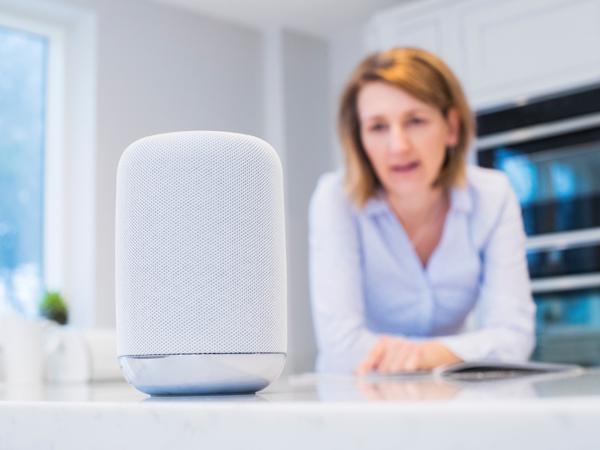The contemporary smart home revolves significantly around the efficient interaction between voice assistants and smart devices. No longer confined to fantasies or futuristic predictions, voice-controlled technology has become an approachable reality, quietly yet effectively weaving into the fabric of our everyday lives.
The Role of Voice Assistants
Voice assistants like Amazon Alexa, Google Assistant, and Apple's Siri serve as the nexus within a smart home environment. These tools offer hands-free control, enabling users to perform tasks using simple voice commands. Learn more about voice assistants. While the technology behind these assistants is impressive, their core feature is accessibility, striving to make life a fraction easier without being overbearing.
How to Begin
The first step to integrating voice assistants with smart devices involves ensuring compatibility. Not every smart gadget is designed to work seamlessly with every assistant, which makes researching product specifications and features crucial.
Connecting your voice assistant to smart devices typically requires setting up through an app. For example, linking Alexa to a smart bulb often involves using the Amazon Alexa app to discover the device and follow straightforward prompts to complete the pairing.
Everyday Convenience
Imagine waking up in the morning with your voice assistant initiating a routine that adjusts the thermostat, turns on the lights, and starts brewing coffee. This setup is possible with synchronized systems such as Google Assistant's Routines or Alexa's Skills, allowing you to customize various smart device triggers based on time, location, or specific commands.
Additionally, voice assistants can manage household entertainment systems. Simple commands like, "Alexa, play jazz on Spotify," or "Hey Siri, start my workout playlist," illustrate how user-friendly these interactions become once everything is set up. This is further explored in our guide on best voice commands for smart homes.
Examples of Integration
Lighting
Smart lighting systems, such as Philips Hue and LIFX, can intuitively pair with voice assistants. You can adjust brightness, change colors, and toggle lights on or off with phrases like, “Ok Google, dim the living room lights.” Over time, these small conveniences add up to significant comfort. For more information on voice-controlled lighting solutions.
Security
Home security is another essential component of smart home integration. Devices like the Ring Video Doorbell and the Nest Cam can be configured to provide security updates directly through voice prompts. Calling out, "Alexa, show the front door," can pull up a live feed on compatible smart displays, offering peace of mind without needing to walk across the room.
Climate Control
Thermostats have also embraced smart technology, with devices like the Ecobee and Nest Learning Thermostat taking the lead. Users can ask Siri to adjust the temperature without needing to leave the couch or even while they're in another room, showcasing the beauty of modern interconnected living. For more information on the best options available, check out our guide to the Best Smart Thermostats of 2023.
Challenges and Considerations
Despite the numerous benefits, potential challenges exist in integrating voice assistants with smart devices. Privacy concerns are constantly brought into discussions, with individuals wary of recording devices. Manufacturers work to address these issues, ensuring user data is secure and transparently handled.
Another consideration is the potential for connectivity issues. With a myriad of streaming devices and manufacturers, ensuring seamless communication can occasionally present hurdles that require patience and technical support.
Conclusion
Integrating voice assistants with smart devices is about evolving to meet user needs in a way that prioritizes simplicity and comfort. By starting with understanding and setting clear goals, gradually building your smart ecosystem becomes an engaging and rewarding experience.
The landscape of technology continues to change, offering fresh opportunities to enhance how we live. Adopting smart living practices thoughtfully will undoubtedly remain a worthwhile pursuit. As technology advances, the potential for creating a harmonious smart living environment grows, with voice assistants playing a central, approachable role.




